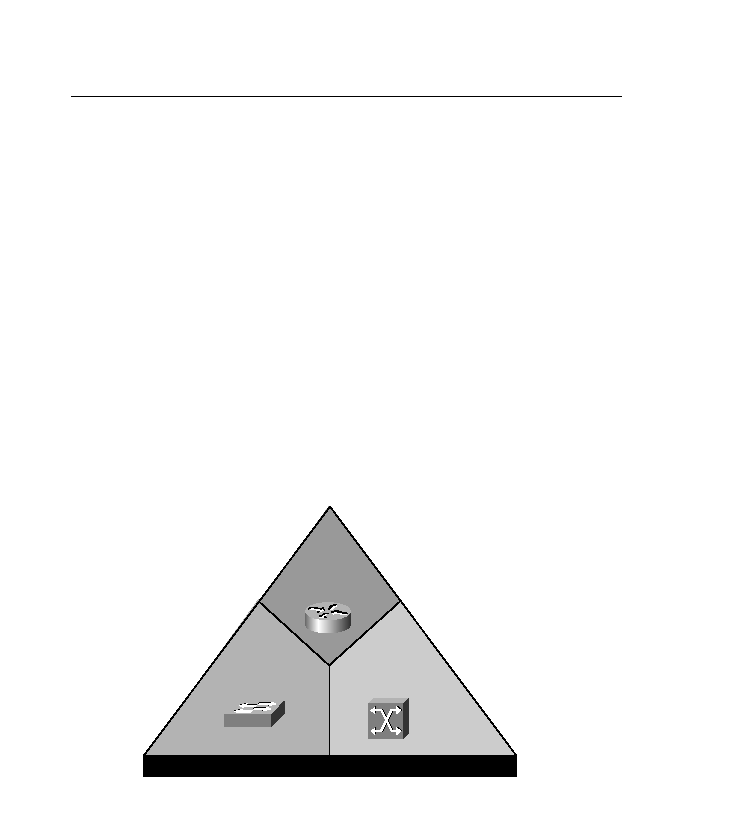
need to offer voice, video, and data. These services will require more bandwidth.
the payload that the applications request. Applications that are time-sensitive, such as voice and
video, demand quality of service to ensure that their signal is delivered with integrity. For
transport problems, the CCDP should select the fastest transport available. ATM and Gigabit
Ethernet are good choices for getting the data from Point A to Point B.
support any traffic type in separate or mixed streams, delay-sensitive traffic, or nondelay-
sensitive traffic. It also can satisfy quality-of-service requirements.
80 percent of the network traffic would be local and 20 percent would be remote. That
recommendation was quite practical when most users accessed their applications via distributed
servers and most of the traffic stayed within the local subnet. However, with the advent of the
Internet, multimedia, and all of their bandwidth-hungry cousins, there has been a shift toward
centralized servers. The pendulum is now swinging the other way, and conventional wisdom
has changed. Now it is thought that 80 percent (if not more) of the network will be remote and
only 20 percent (if not less) will be local. See Figure 2-7.